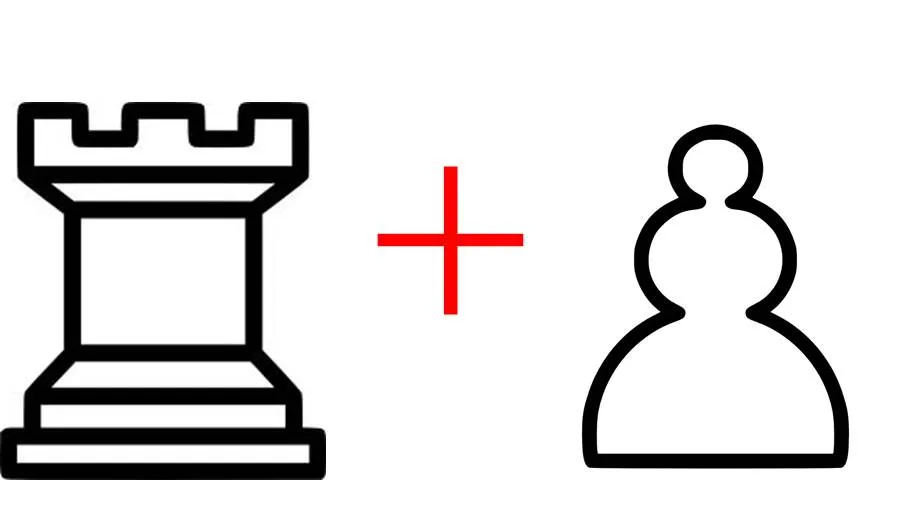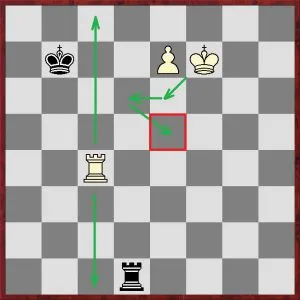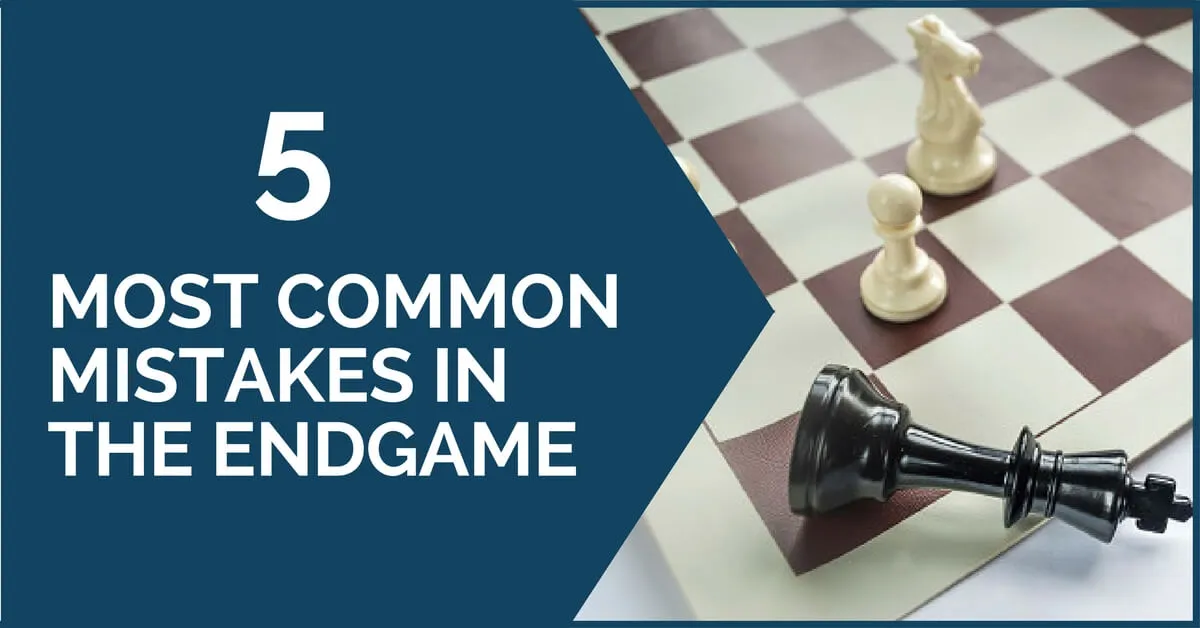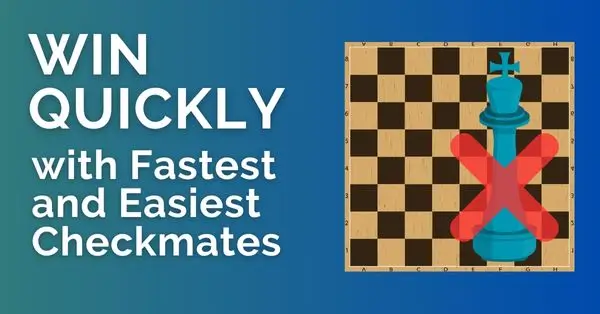Rook and Pawn vs. Rook Chess Endgames: Building a Bridge

As you already know the rook endgames are the most common type of endgames occurring in chess. About half of all endgames are rook endings. Today we’ll talk about one very important and common type of endgame: Rook + Pawn vs. Rook.
This is one of the very theoretical endgames. All the variations are well-analyzed and known, that’s why it’s called an elementary endgame. Previously I have covered Endgame Strategies and King + Pawn vs. Rook.
Elementary does not necessarily mean easy, it means with the perfect play it will be a predefined win, draw, or lose. You’ll ask me why you need to know how to play an endgame that is theoretically lost for you. Good question. Since this is only a theoretical loss, it’s only a guaranteed loss in a perfect world, such as when playing against a strong computer program armed with Nalimov’s Tables.
When playing against a human mind, there are always chances for mistakes, meaning that you can get lucky and escape with a draw. The more endgame knowledge you have, the more confident you will feel playing the endings, and the better results you will have.
Today we will analyze a theoretically won endgame, the so-called Salvio position. Let’s take a look at the initial position:

White to move
White is a pawn up and the pawn is already on 7th rank, however, white’s King is stuck in front of the pawn and there is no obvious way to make the progress toward promoting the pawn.
Black’s Rook occupies the f-file preventing the King from moving away from the pawn. White’s Rook occupies the d-file keeping the Black’s King away from the action. The main goal of White is to promote the pawn and/or exchange rooks in the process. The main goal for Black is to prevent promotion and/or Rook exchange by checking the white’s King and/or capturing the pawn.

Black to move
So, how do we proceed as White here? White starts out checking the black King in order to drive the King away from the pawn and make it possible for the white King to occupy d7 and then occupy the c4 square. White’s King marches under the checks from the Black’s Rook on e5 and ultimately blocks the last check with its own Rook. At this point, the pawn can be easily promoted and the game is won.

White to move
To see the game scroll down the moves below:
Rules to remember when “building a bridge”:
- Drive the opponent’s King away from your passed pawn
- Occupy the c4 square, so that the opponent’s King doesn’t escape from the cage, and also the Rook will be used to block the checks
- March your King to e5, it will take you 3 moves to get there
- Interpose the last check with your own Rook, once your King is on e5, building a safe way to pawn promotion
Now you are familiar with building a bridge technique in Rook vs. Rook + Pawn chess endgame. It is time to practice your skills. I suggest you set up the initial position against a computer engine and beat it multiple times to get confidence and to be able to play these endgames automatically. After you feel confident in this particular setup, you can try to move the pawn from e7 to f7, g7, d7, c7.
You also need to move all other pieces as well to obtain a similar position and to keep symmetry. Can you win this endgame for white with the pawn placed on other files?










Comments: